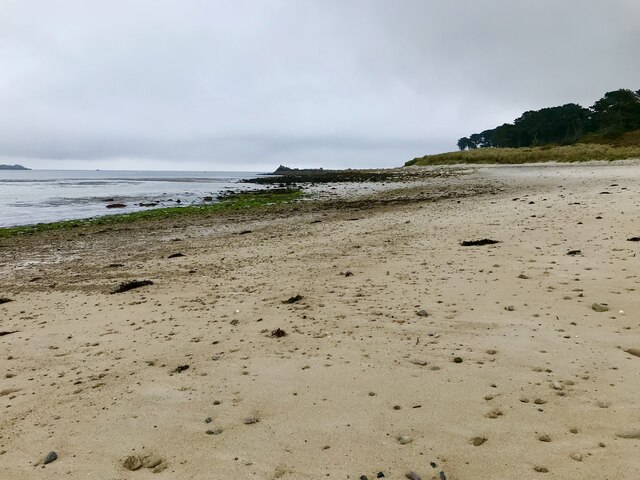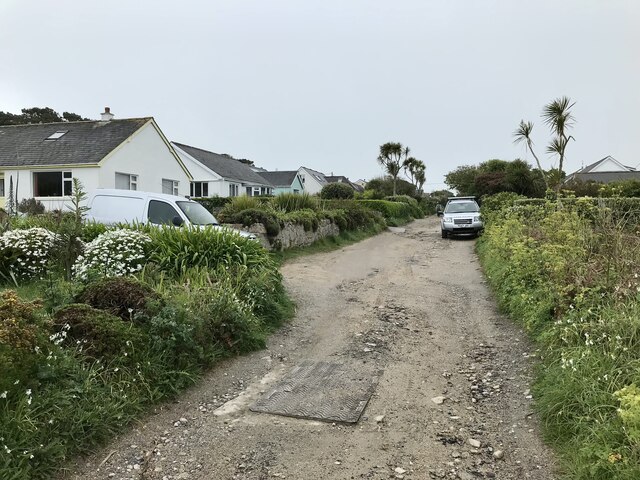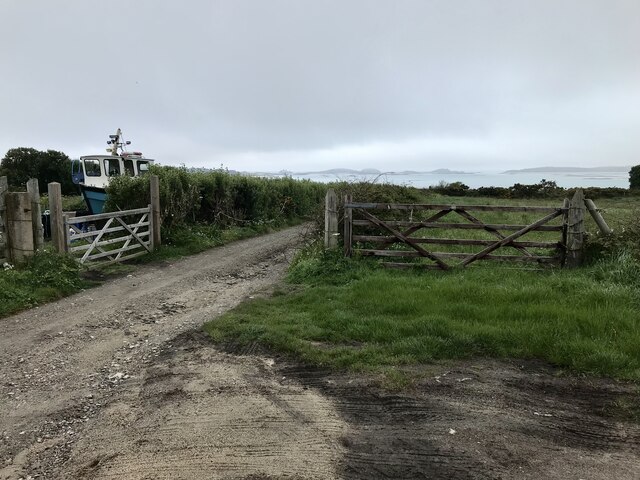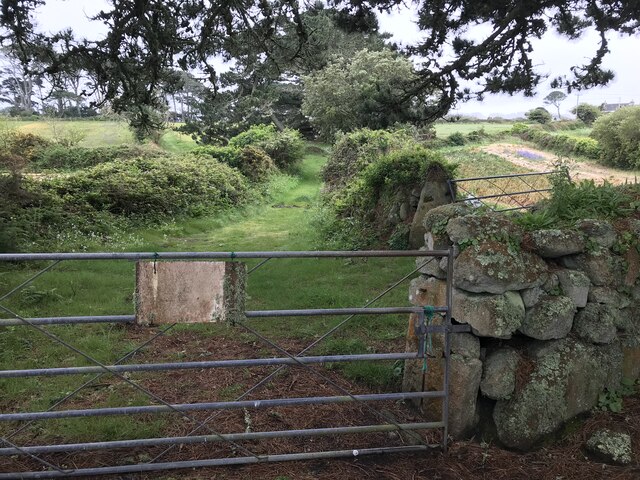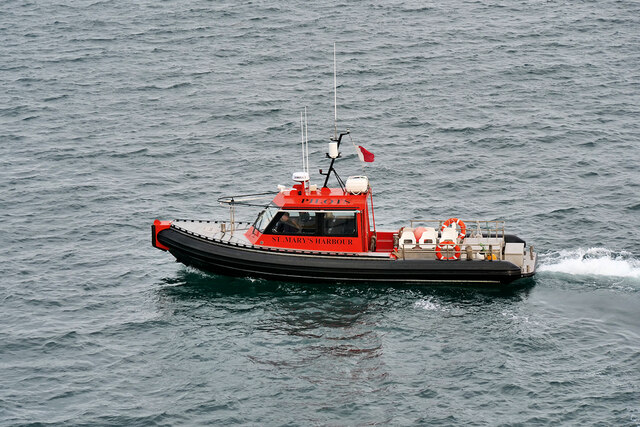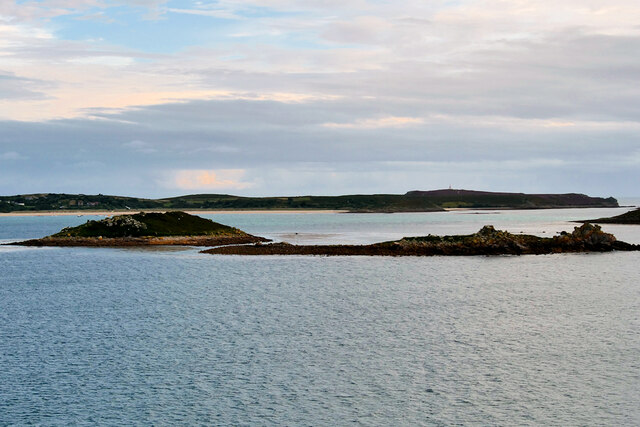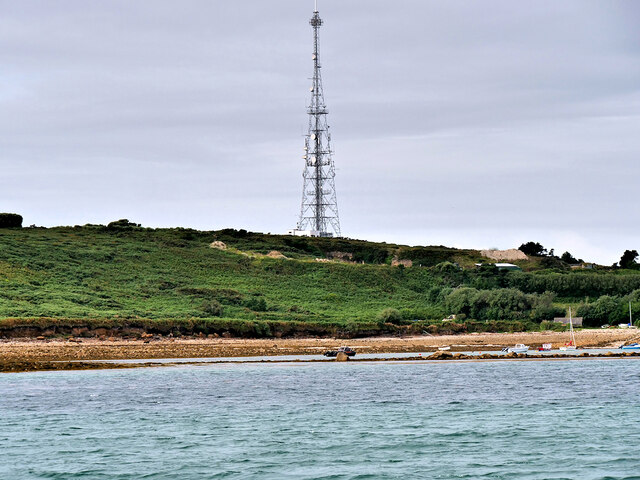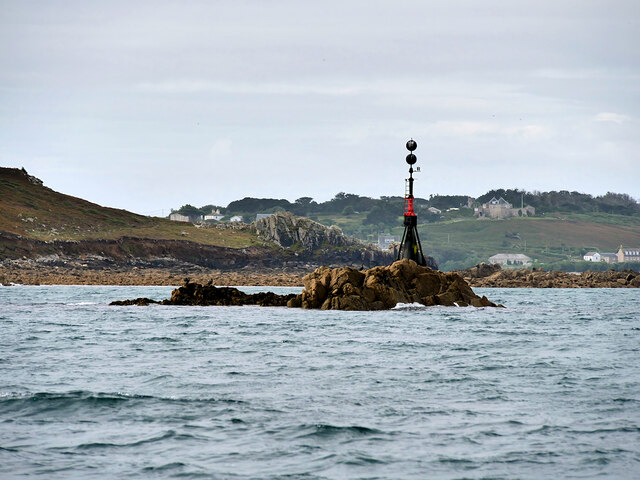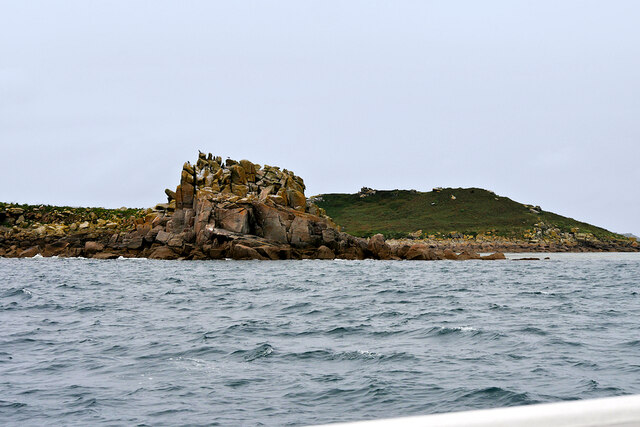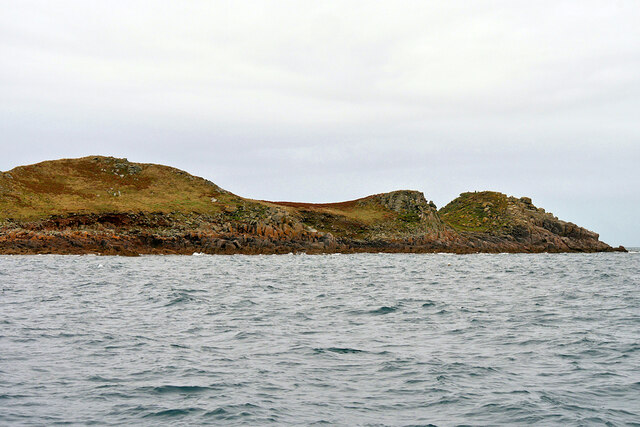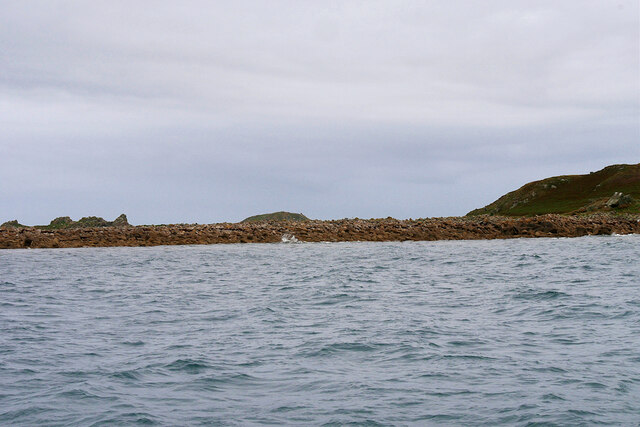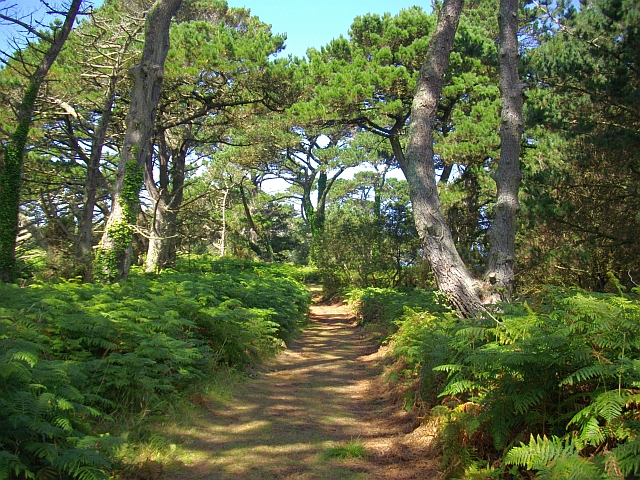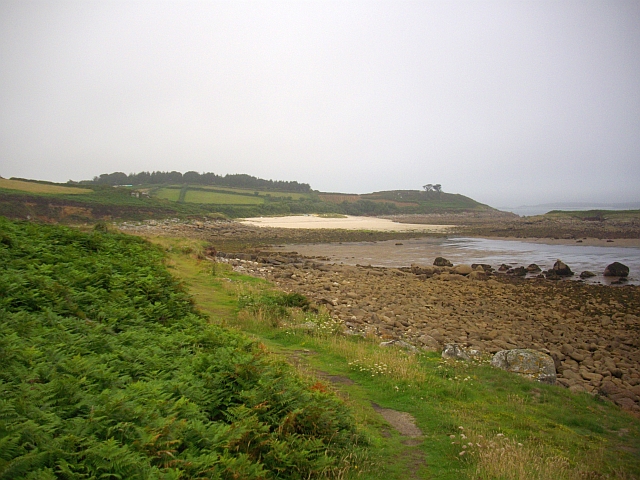Block House Point
Coastal Feature, Headland, Point in Cornwall
England
Block House Point
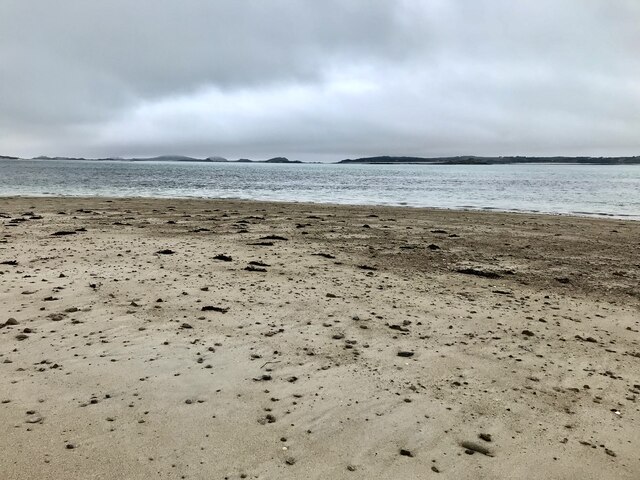
Block House Point is a prominent coastal feature located in Cornwall, England. This headland, also known as Blockhouse Head, is situated on the south coast of Cornwall, near the town of Falmouth. It is a striking geological formation that juts out into the Celtic Sea, providing breathtaking views of the surrounding coastline.
The name "Block House" is derived from the presence of a historic fortification that once stood on this point. The fort, built in the 17th century, was used to defend the area against potential invasions. Although the fort itself no longer exists, remnants of its foundations can still be seen, adding an intriguing historical dimension to the site.
The headland is characterized by towering cliffs that rise dramatically from the sea. The cliffs are composed of rugged rocks, including granite and slate, which have been shaped by the relentless force of the waves over centuries. These cliffs not only provide a stunning backdrop but also serve as nesting sites for various seabird species, adding to the area's ecological significance.
Block House Point is a popular destination for outdoor enthusiasts and nature lovers. It offers a variety of recreational activities, including hiking, birdwatching, and photography. The South West Coast Path, a famous long-distance trail, passes through this point, allowing visitors to explore the captivating coastal scenery.
In addition to its natural and historical significance, Block House Point offers a peaceful and tranquil atmosphere, making it an ideal place for relaxation and contemplation. Whether one is interested in history, geology, or simply enjoying the beauty of the rugged Cornish coastline, Block House Point is a must-visit destination for anyone traveling to Cornwall.
If you have any feedback on the listing, please let us know in the comments section below.
Block House Point Images
Images are sourced within 2km of 49.933269/-6.287298 or Grid Reference SV9212. Thanks to Geograph Open Source API. All images are credited.
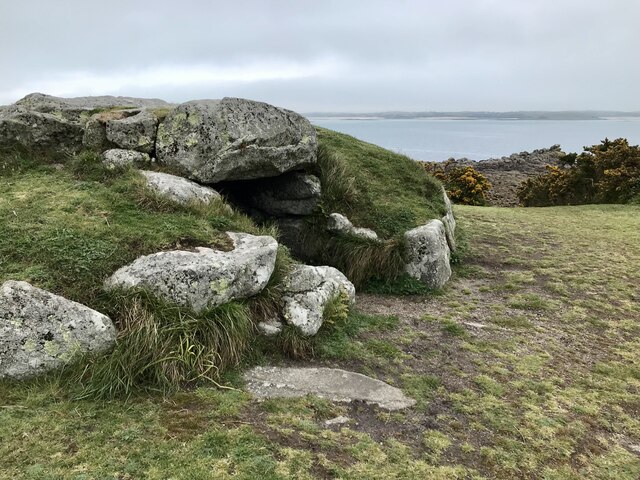
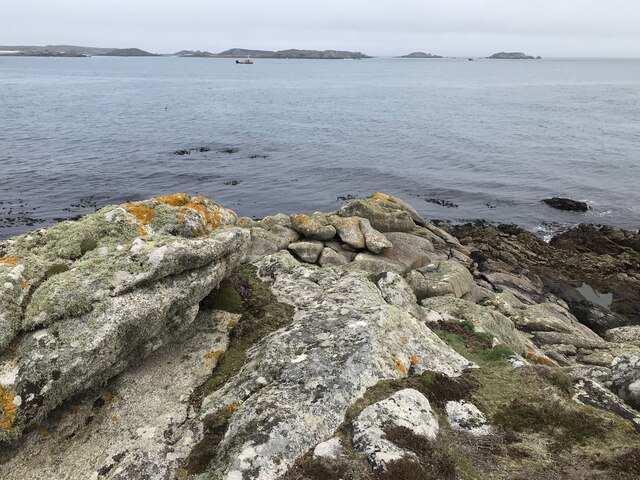
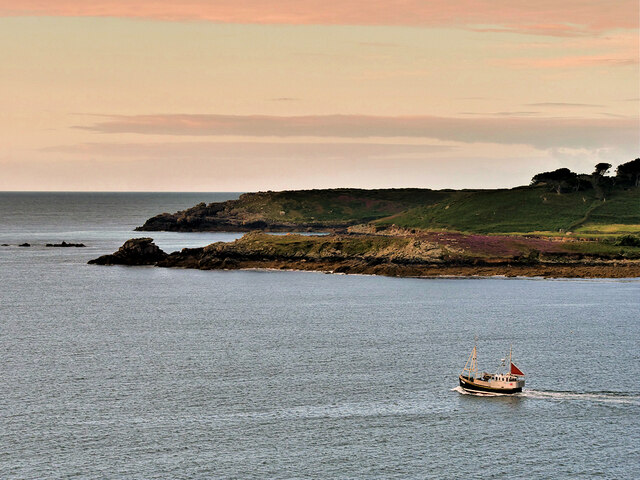
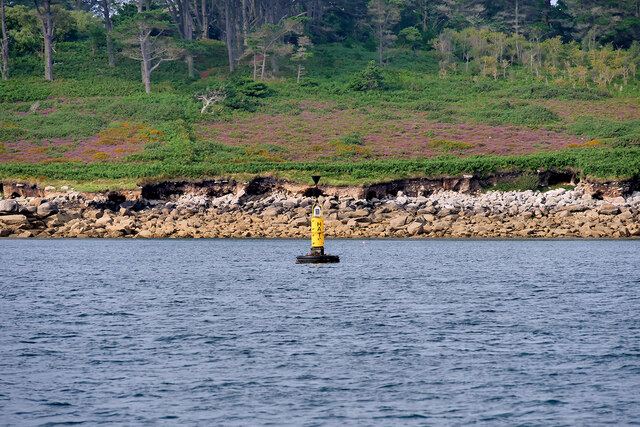
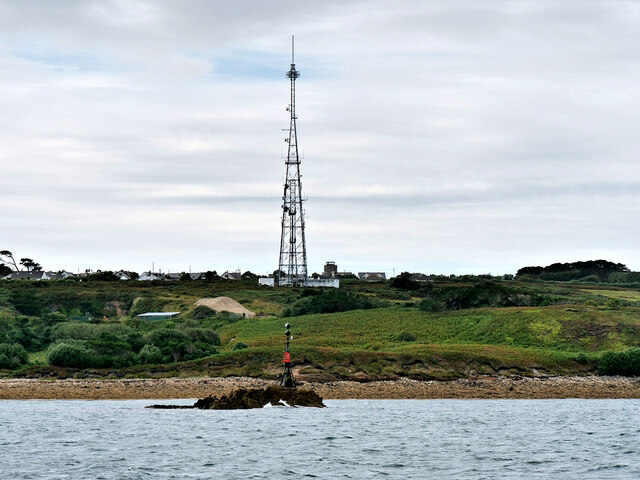
Block House Point is located at Grid Ref: SV9212 (Lat: 49.933269, Lng: -6.287298)
Division: Isles of Scilly
Unitary Authority: Isles of Scilly
Police Authority: Devon and Cornwall
What 3 Words
///wagers.lavished.beaters. Near St Mary's, Isles of Scilly
Nearby Locations
Related Wikis
Watermill Cove
Watermill Cove is on the north–east coast of St Mary's, Isles of Scilly. It is a historic anchorage, still used today by passing yachts and other small...
Innisidgen
Innisidgen (Cornish: Enys Ojyon, meaning Ox Island) is the site of two Bronze Age entrance graves on the island of St Mary's in the Isles of Scilly. The...
Trenoweth, Isles of Scilly
Trenoweth (; Cornish: Trenoweth "new town") is a small settlement, located in the north of the island of St Mary's in the Isles of Scilly, Cornwall, England...
Pelistry
Pelistry (Cornish: Porth Lystry "cove for ships") is a small settlement, situated east of Maypole and north of Normandy, in the east of the island of St...
Nearby Amenities
Located within 500m of 49.933269,-6.287298Have you been to Block House Point?
Leave your review of Block House Point below (or comments, questions and feedback).
